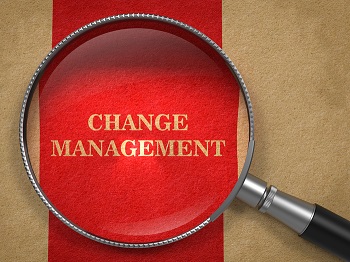
Mergers and acquisitions (M&A) are a crucial strategy for companies to stay competitive and catch up with globalisation. As a result, they incorporate efficient technologies and expand to new markets with lower costs.
However, not all M&As are successful. In a CNBC article, experts from Wharton School of the University of Pennsylvania and Harvard University said that the failure rate for M&As is as high as 90%. There are several reasons for this distressing figure such as difficult market and financial factors. However, research highlights that the integration process in an M&A is affected when organisations ignore “people issues.”
According to the Cultural Integration in M&A study by Aon Hewitt in 2011, cultural integration issues were counted as the second biggest driver (33%) for M&A failures. The study also mentioned that the consequences of unsuccessful cultural integration led to various HR problems such as organisation distraction and loss of productivity and loss of key talent.
One of the best examples of the role of culture in a M&A is that of the merger of German car manufacturer, Daimler Benz and US based Chrysler firm in 1998. The combined firm had revenue of 155.3 billion. However, in 2001 Chrysler announced 26,000 job cuts and by 2006 the combined firm had made a loss of €12 million. The organisations were experiencing problems in cooperating because of their very different working cultures. Daimler Benz, had a centralised decision-making process and focused on hierarchy. Its strategy was quality at any cost. On the other hand, Chrysler had a risk-taking and an empowerment approach to decision-making and flexibility. Its main focus was cost-efficiency. These differences were not valued adequately nor specific measures taken by HR of both companies in order to cooperate and improve communication in the companies. As a result, Daimler sold Chrysler in 2007.
Another merger that many critics considered a failure is that of HP and Compaq. Though the firms made billions in revenue last year, from the beginning of the merger in 2002, it was riddled with problems as both firms had disparate working cultures and focus on business. It led to a drop in profits and clashes between former CEO, Carly Fiorina and the founding members of HP.
However, M&A expert Mitchell Lee Marks says in When Culture Clash is Good for M&A Success, that a moderate level of distinction between the merging companies influences positively on the exchange of organisational work practices and knowledge. The differences between the companies create synergies and open opportunities in terms of market expansion, innovation, and creativity.
Consulting firm, Deloitte recommends in its study that organisations should focus on the structural, talent and cultural areas of the company and understand the risks they emerge. The research also suggested careful organisational design and planning, key talent acquisition and maintenance, identification of leadership styles, working culture and decision-making process for a successful M&A.
By Alba Bregasi
